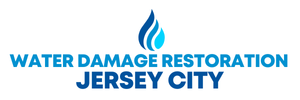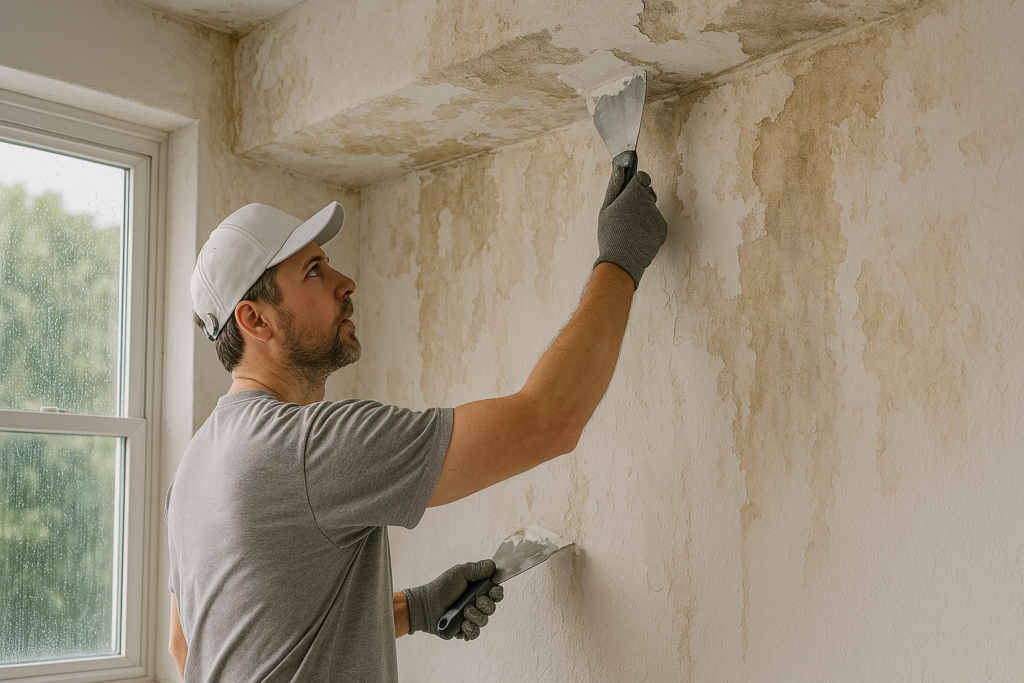Water damage is a common yet destructive issue that many homeowners face. From small leaks to devastating floods, the consequences can range from costly repairs to significant structural damage. Fortunately, by implementing proactive strategies, you can significantly reduce the risk of water-related problems. Here’s a comprehensive guide on how to safeguard your home against water damage.
1. Regular Roof Inspections and Maintenance
Your roof acts as the first barrier to protect your home from rain and water. Over time, weathering and wear can cause shingles to become loose, cracked, or damaged. Regularly inspect your roof for visible signs of wear such as missing shingles, cracked flashing, or signs of leakage. If you’re unsure about your roof’s condition, it’s wise to hire a professional for an annual inspection to catch issues before they lead to water damage.
2. Clean and Maintain Gutters and Downspouts
Gutters and downspouts direct rainwater away from your foundation. If they become clogged with leaves, dirt, or debris, they can overflow, allowing water to pool near your home’s foundation and cause damage. Ensure your gutters are clear of blockages, and downspouts are functioning correctly. Consider installing gutter guards to make maintenance easier and reduce debris buildup.
3. Seal Windows and Doors Effectively
Windows and doors are common entry points for water if not properly sealed. Over time, caulk and weatherstripping around windows and doors can degrade, leading to leaks. Check these seals regularly for any gaps, cracks, or deterioration. Reapply caulk and replace weatherstripping as needed to prevent water from seeping in. Additionally, clear window wells of debris to allow proper drainage.
4. Regular Plumbing Checks and Leak Prevention
Plumbing systems are a frequent source of water damage, especially when pipes or connections develop leaks. Regularly inspect visible plumbing under sinks and in basements for signs of leaks or corrosion. Make sure hoses and fittings are intact and replace any worn-out parts. Consider installing a water leak detection system, which can help you identify leaks early before they cause major damage.
5. Optimize Drainage Around the Foundation
Proper drainage is essential to prevent water from collecting near your home’s foundation. Ensure the ground around your foundation slopes away from the house to help direct water away. If you notice any low spots or pooling water near the foundation, fill them in or install a French drain to improve drainage. Regularly inspect drainage systems to ensure they are clear and functioning properly.
6. Install a Water Leak Detection System
Water leak detection systems are an excellent investment for any homeowner. These systems can detect water where it shouldn’t be, such as under sinks, near appliances, or in basements. By installing water sensors, you’ll be alerted to any moisture issues quickly, allowing you to take immediate action before extensive damage occurs.
7. Protect Your Foundation
The foundation of your home is critical to its structural integrity. Regularly check for cracks, leaks, or signs of shifting in the foundation. If you spot any issues, address them quickly before they worsen. A waterproof sealant can be applied to the exterior of your foundation for an extra layer of protection against water infiltration.
8. Prepare Your Home for Severe Weather
Heavy storms and floods can put your home at risk for water damage. Prepare by reinforcing vulnerable areas, such as windows and doors, with storm shutters or plywood. Ensure that outdoor items, such as furniture and equipment, are secured or stored away. In flood-prone areas, create an emergency preparedness plan and keep flood barriers or sandbags handy. Protecting your home before severe weather hits can reduce the likelihood of water damage.
9. Educate Your Family on Water Damage Prevention
Educating your family on how to prevent and respond to water damage is just as important as the physical preparations. Teach everyone in your household how to identify potential water problems, how to shut off the water supply in an emergency, and the importance of reporting leaks immediately. This proactive approach can help you address issues quickly and prevent minor problems from becoming major ones.
Water damage doesn’t have to be inevitable. By staying proactive and implementing these preventive measures, you can protect your home from the costly consequences of water-related issues. Regular inspections, maintenance, and the use of modern technology like water leak detection systems are essential steps in safeguarding your home. Start incorporating these strategies today to ensure your home remains safe, dry, and protected from future water damage.

